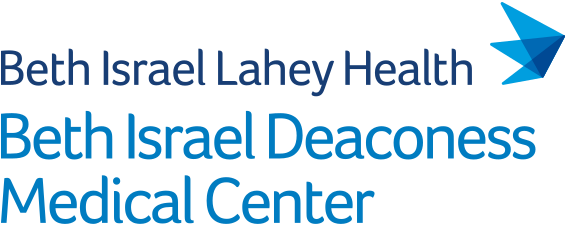Abstract
OBJECTIVE: This first in human study evaluated the six month angiographic and one year clinical outcomes of a novel thin strut, sirolimus eluting, resorbable scaffold for symptomatic below the knee peripheral arterial disease (PAD). RESOLV I is an international, prospective, multicentre, single arm study assessing the performance of the MAGNITUDE drug eluting resorbable scaffold (DRS) for the treatment of below the knee lesions in patients with symptomatic PAD.
METHODS: Angiographic and duplex ultrasound evaluations were performed by independent core labs at baseline, post-DRS implantation, and at six months follow up. Binary re-stenosis (> 50% diameter stenosis) was determined via quantitative vascular angiography or duplex ultrasound when quantitative vascular angiography was unavailable. Peri-operative death, major adverse limb events, and functional status were evaluated up to one year.
RESULTS: Thirty five patients (mean age 74.5 ± 6.0 years) were enrolled: six (17%) had chronic total occlusion lesions and 25 (71%) had a baseline Rutherford-Becker classification of stage 5. The mean lesion length was 30.1 ± 12.0 mm. The binary re-stenosis rate at six months was 10% (3/31) (angiographic patency of 90%) and mean in segment late lumen loss was 0.75 ± 0.74 mm. Improved Rutherford class at 12 months follow up was achieved in 88% (29/33) of patients and most were asymptomatic (Rutherford-Becker class 0). No amputation or clinically driven target lesion revascularisation events were seen through 12 months.
CONCLUSION: Early results of the RESOLV I study showed that implantation of a thin strut MAGNITUDE DRS achieved low binary re-stenosis rates at six months, as well as improvement in functional status, with no clinically driven target lesion revascularisation at one year.

